The ability to optimize price based on forecasted demand, price elasticity and competitive rates has incredible benefits, and many companies are rushing to develop their own Revenue & Price Optimization capabilities.
Revenue Optimization is about evaluating multiple options on how to sell your product and to whom to sell your product at the right price and at the right time while maintaining a happy and loyal customer. Optimization involves solving several important problems in order to achieve the highest possible revenue.
A business must decide between optimizing prices, total sales, contribution margins, or even customer lifetime values. The essence of this discipline is in understanding customers’ perception of product value and accurately aligning product prices, placement and availability with each customer segment.
According to a recent Gartner report, Revenue & Price Optimization is grabbing attention in the executive suite because it can boost margins, revenues, and profitability. A successful Revenue Optimization implementation can increase margins by 50 basis points or more and increase total revenue by two to four percent. That puts Revenue & Price Optimization on the executive agenda, and it puts your data resources on the spot.
With Revenue Optimization, you’ll be able to provide sales information on the potential new deal in real time, leveraging your data to deliver profitability data, deal guidance, and price-approval management — all at the moment of truth in the customer’s office.
Gut instinct or data
Even your best salespeople cannot and should not make million-dollar decisions based solely on gut instinct or previous experience. Studies show that predictions based on “gut feel” are accurate only about 40 percent of the time. Pricing optimization models provide sales with science by developing algorithms and applying them across massive data sets to yield predictions of customer behavior both in terms of Propensity to Buy and Retention.

